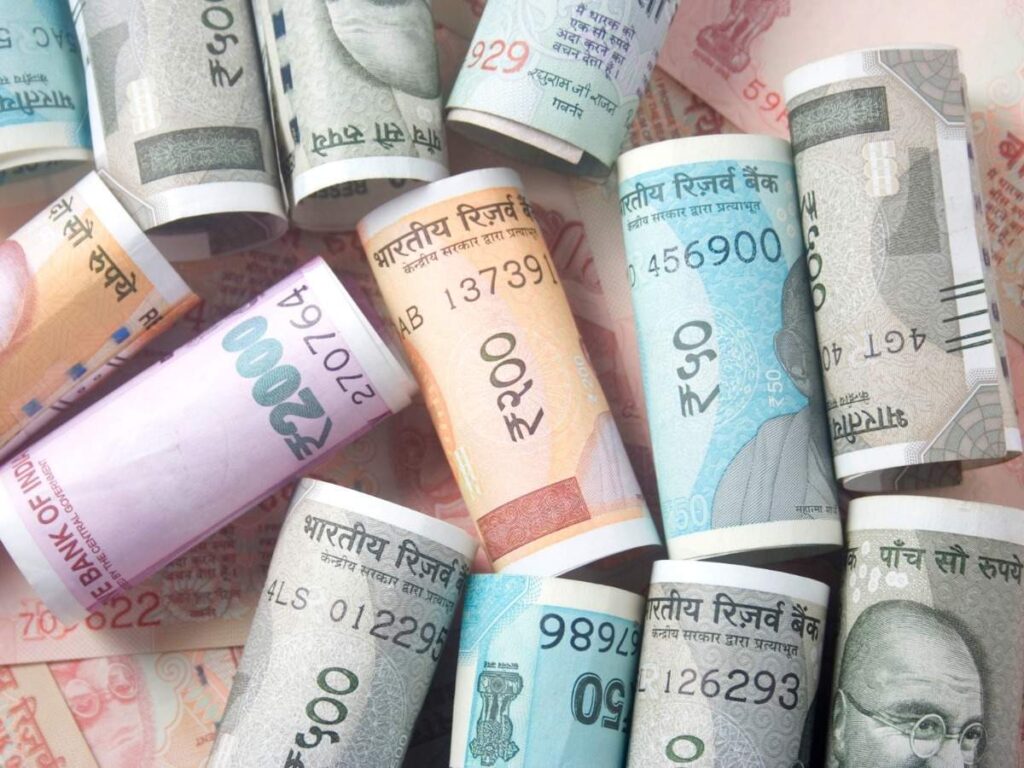Table of Contents
Money and Credit Notes class 10
DOWNLOAD MOBILE APPLICATION TO LEARN MORE: MONEY AND CREDIT NOTES CLASS 10
51.Explain with examples, how people are involved with the banks.
Ans. People are involved with the banks in the following ways:
- Depositors: The people with excess money deposit it in the banks for safety. In turn they earn interest on the amount deposited.
- Borrowers: At the same time, there are people who need money for various activities. They approach the banks for credit. The bank charges interest from the borrowers.
52. How do the deposits with the banks become their source of income?
Ans. Banks use the major portion of the deposits with them to extend loans. As there is a huge demand for loans for various economic activities, the banks make use of the deposits with them to meet the above loan requirements. In this way, the banks mediate between the depositors and the borrowers. Banks charge a higher interest rate on loans than what they pay on the deposits. The difference between interest rate charged from the borrowers and what is paid to the depositors is, thus, the main source of income for the banks.
53. How is money transferred from one bank account to another bank account? Explain with an example.
Ans. For payment through cheque, the payer who has an account in the bank, draws out a cheque for a specific amount. The cheque is a statement asking the bank to pay a specific amount from the person’s account to the person in whose name the cheque has been issued.
For example, Aman has to pay a specific amount of money to Shruti, say Rs. 60, 000. Aman will write a his bank to pay the money to Shurti. Shurti will deposit the cheque in her bank. After two or three days, the money will be transferred from Aman’s account to Shurti’s account.
54. Given that a large number of people in our country are poor, does it in any way affect their capacity to borrow?
Ans. Credit is always given after properly assessing the repayment capacity of the borrower. Since, poor people do not have repayment capacity, they are usually unable to get a loan, especially from the formal sector. They get some loan from the informal sector but in that case, they often fall in debt-trap because of very high rate of interest.
55. Explain the procedure involved in the issuing of a cheque.
Ans. For making payments through a cheque
- The payer, who is an account-holder with the bank, issues a cheque from his cheque book for a specific amount.
- The cheque instructs the bank to pay a specific amount from the depositor’s account to the person or institution, in whose name it has been issued.
- The money is, then, transferred from one bank account in a day or two and the transaction is complete without any payment of cash.
DOWNLOAD MOBILE APPLICATION TO LEARN MORE: MONEY AND CREDIT NOTES CLASS 10
56. Explain the meaning of ‘terms of credit.
Ans. Interest rate, collateral, documentation requirement and the mode of repayment together comprise what is called the “terms of credit”. These terms vary substantially from one credit arrangement to another. They may vary depending on the nature of the lender and the borrower. These are required to make the borrowers aware of the conditions to be followed for taking the loan.
57. When does credit push the borrower into a debt-trap? Explain with the help of an example.
Ans. In situation with high risks, credit might create problems and pushes the borrower into a debt-trap. He is much worse off than before. For example, crop production involves high costs on inputs such as fertilizers, pesticides, water etc. Farmers generally take loans at the beginning of the season and repay the loan after harvest. But the failure of the crop makes loan repayment impossible. They have to sell part of the land to repay the loan or a fresh loan may be required to repay the previous loan, and the borrower may find himself caught in a vicious circle and recovery from such a situation is very painful.
58. Which government body supervises the functioning of formal sources of loans in India? Explain its functioning.
Ans. Reserve Bank of India supervises the functioning of formal sources of loans in India. The RBI plays the following rule:
- It issues currency notes on behalf of the central government.
- It issues guidelines for fixing rate of interest on deposits and lending by banks.
- It ensures that banks should minimum cash balance out of the deposits they receive
- It ensures that the banks should give loans not only to profit making businesses but also to poor people and small traders.
Periodically, the banks have to submit a report to the RBI on how much they are lending, to whom and at what interest rate.
59. Why should credit at reasonable rates be available
Ans. Credit is an important aspect of economic activity. Right from a small farmer to a big business tycoon, everyone needs to borrow at some time to improve productivity. In case of unreasonable rates, the borrower always runs the risk of falling in the debt trap which is not good for the society and the economy as a whole. Hence, reasonable rates are important for all.
DOWNLOAD MOBILE APPLICATION TO LEARN MORE: MONEY AND CREDIT NOTES CLASS 10

